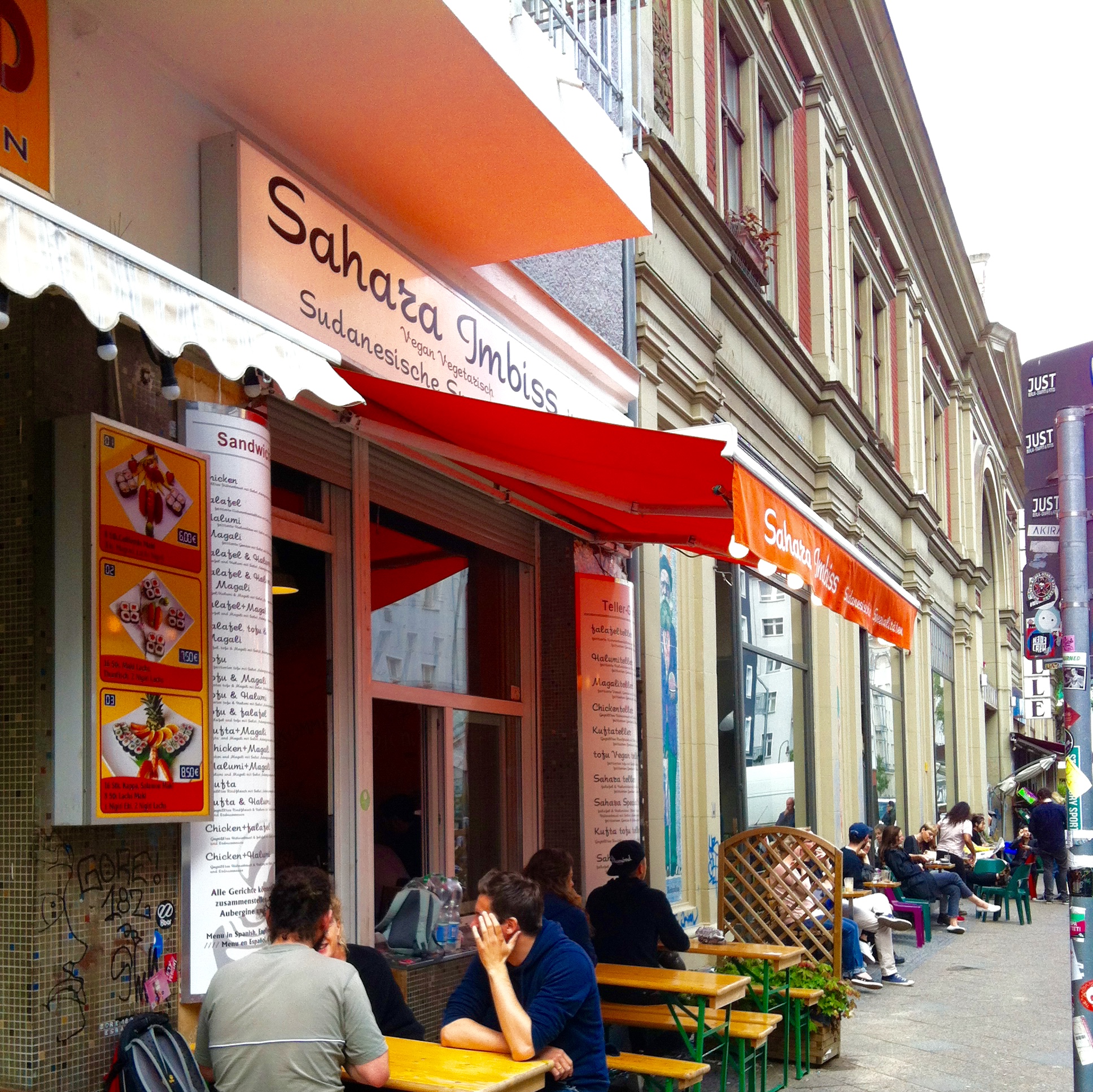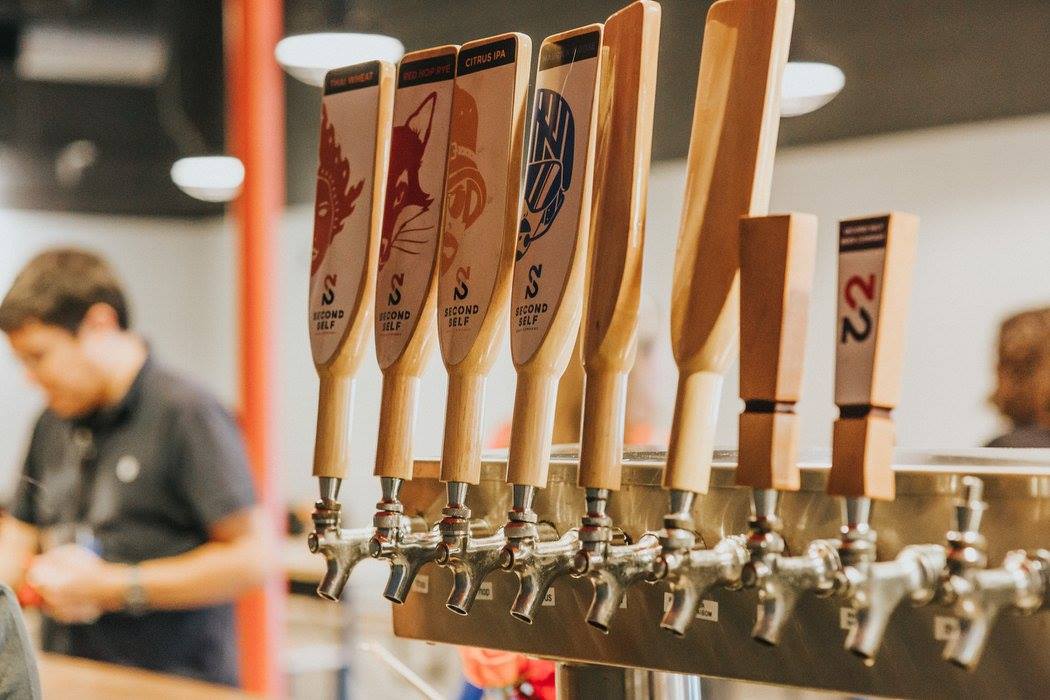
If there is anything to take advantage of in Berlin, besides exploring its rich history and plethora of museums, it would definitely be the food culture. Berlin is a diverse city with residents from all over the world, which creates a very unique opportunity to have all of these culinary traditions at your fingertips. I […]

The coast, the mountains, and the home: that is the landscape of authentic Puerto Rican cuisine painted by Atlanta-based renowned Chef, Hector Santiago. Known for his stint on Top Chef, Santiago has made a name for himself through his restaurants Pura Vida, and his most recent foray in the Atlanta food scene, El Super Pan. […]

A Unique New Title Jason Santamaria is a Beer Architect, a somewhat unusual title. He is the president and one of the co-founders of one of Atlanta’s newest players in the Craft Beer scene, Second Self Beer Company. I recently had the pleasure of visiting the brewery at their location on the West Side of […]

This year was the 5th annual Atlanta Street Food Festival, but expectant patrons may have noticed a pretty large difference between the festival this year as compared to the past few years. The event was moved from its popular central location in Piedmont Park to Stone Mountain Park. If you dread what impact festivals have on your […]